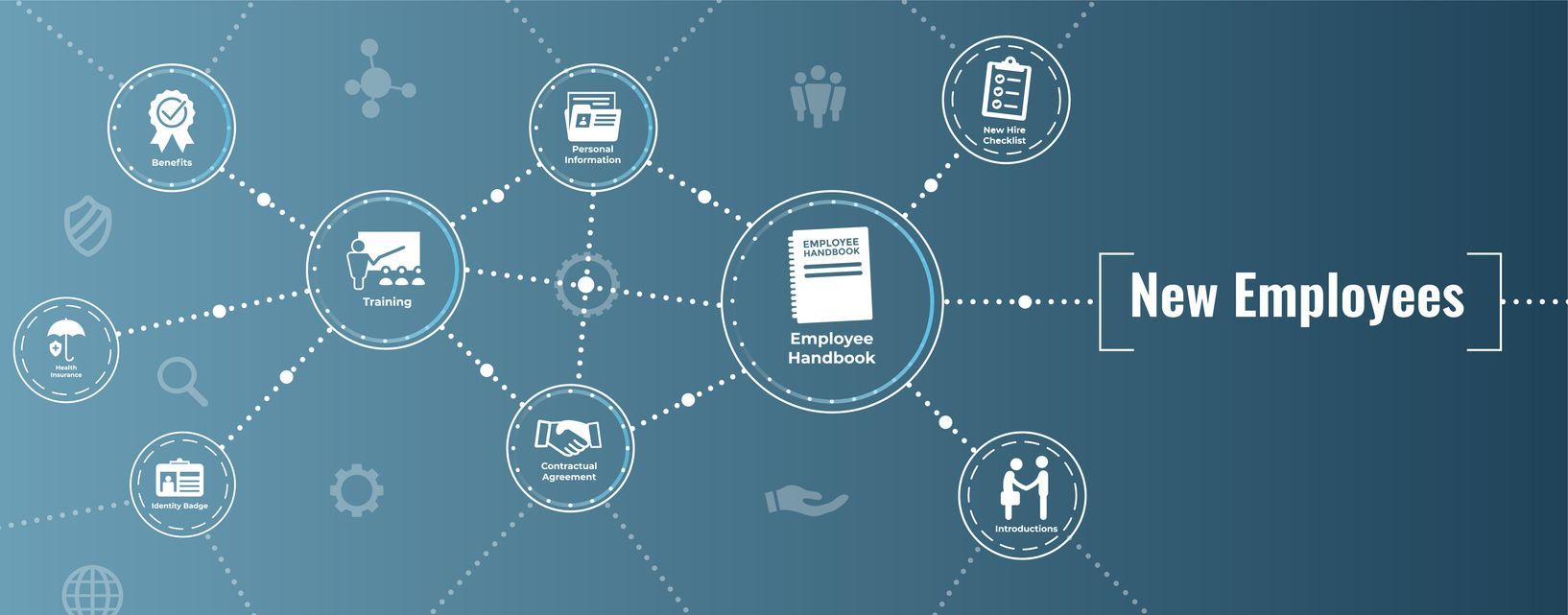Onboarding in the pharmaceutical industry: 5 key steps to prevent early departures
Onboarding: A Strategic Challenge in Pharmaceutical Recruitment
In an industry as demanding as pharmaceuticals, recruitment doesn’t stop at signing the contract. It truly begins on the employee’s first day—or even before that. Yet, this critical phase is still underestimated by many companies.
Poor onboarding can be extremely costly: in lost productivity, operational errors, and most importantly early departures. An employee who feels poorly welcomed or insufficiently trained is more likely to leave within 3 to 6 months, even if they were perfectly qualified.
Conversely, a structured and human onboarding process fosters commitment, accelerates skill development, and strengthens alignment with the company culture.
Here are the 5 essential steps to successful onboarding in the pharmaceutical industry—helping reduce turnover and build long-term employee loyalty from day one.

Step 1: Preboarding onboarding starts before day one
Good onboarding begins before the employee even steps into the company.
Preboarding is a preparation phase aimed at reducing stress, anticipating logistical needs, and—most importantly—building an emotional connection with the company.
Concrete actions:
- Send a personalized welcome email a few days before arrival.
- Provide a digital or physical welcome pack: employee handbook, team presentation, quality charter, site map, useful HR info.
- Grant access to internal HR tools: onboarding portal, first-week schedule, administrative forms.
- Organize a pre-arrival video call with the manager or an HR contact to answer initial questions.
Goal: The new hire feels expected, prepared, and reassured. They arrive with confidence—not uncertainty.
Step 2: Structured onboarding a clear 90-day plan
The first day is here. But the experience must not be improvised.
Effective onboarding in pharma should follow a 3-phase journey (welcome, training, autonomy) over the first 90 days.
Given the pharmaceutical industry’s strict procedures and compliance standards, integration should be progressive but methodical.
Three onboarding phases in pharma:
- Days 1–5: official welcome, desk setup, site tour, team introductions, equipment handover, mandatory trainings (safety, confidentiality, GMP).
- Weeks 2–4: immersion in the functional environment (R&D, QA, production, regulatory), supervised task start, access to digital tools (Veeva, SAP, LIMS…).
- Months 2–3: ramp-up in responsibilities, growing autonomy, regular check-ins with manager and mentor.
Best practices:
- Provide a checklist to both the employee and manager.
- Offer short, flexible training formats (e-learning, coaching, internal videos).
- Assign a buddy or internal sponsor to ease integration.
Goal: Make the employee autonomous, skilled, and integrated—without overload or confusion.
Step 3: Cultural immersion bringing company values to life
In pharma, compliance is essential—but that shouldn’t come at the expense of human connection.
Performance is also driven by a sense of belonging.
Too often, new hires are overwhelmed with documents, processes, and regulatory training—but don’t actually experience the company culture.
What to implement:
- Host a welcome breakfast with leadership and new employees.
- Design a cultural onboarding program: company history, values, social commitments, success stories.
- Offer "day in the life" experiences in other departments (plant tour, customer support, field sales).
- Create moments of team bonding (lunch, afterwork, escape game…).
Bonus idea:
A handwritten welcome card from the team or a digital wall with photos and welcome messages can make a real emotional impact.
Goal: The employee understands where they work, why it matters, who they work with—and what makes the company unique.
Step 4: Practical learning from theory to real-world experience
Effective training isn’t purely academic. In the pharmaceutical sector, hands-on learning is essential.
New hires need to quickly grasp the specific norms of their environment: sterile production, regulatory documentation, quality testing, audits, traceability…
Effective tools:
- Shadowing: work alongside a senior colleague on initial tasks.
- Real-life tasks: perform a document review, conduct a test, write a deviation report…
- Immediate feedback: quick debrief after each task to reinforce best practices.
- Digital simulation: immersive e-learning platforms with pharma case studies.
Real-world example:
At some pharma companies, new quality analysts spend 2 weeks paired with an experienced technician, gradually gaining independence under supervision of the QA manager.
Goal: Strengthen knowledge retention and build operational confidence.
Step 5: Ongoing support regular feedback and follow-up
Many onboarding efforts fail due to a lack of follow-up.
Integration doesn’t end after the first week—it plays out over 3 to 6 months.
Key milestones to schedule:
- Day 7: initial feedback, questions, adjustments.
- 1 month: assessment of progress, manager feedback, role clarity.
- 3 months: long-term outlook, identification of additional needs.
- 6 months: probation review, discussion of mid-term objectives.
Useful tools:
- Skill development tracking grids
- Onboarding satisfaction surveys
- Coordinated HR follow-up with the manager
Goal: Create a climate of trust and open communication, and prevent misunderstandings or hidden frustrations.
Results of a well-designed onboarding program
- Lower 6-month turnover
- Faster integration into teams
- Fewer errors due to unfamiliarity with procedures
- Stronger early-stage engagement
- Enhanced employer brand image

FAQ
Why is onboarding more complex in the pharmaceutical industry?
Regulatory requirements are numerous and strict. Employees must understand not only their role, but also the entire environment of quality, safety, and compliance.
What is the ideal duration for pharmaceutical onboarding?
At least 90 days, with regular check-ins. More technical roles may require extended support over a 6-month period.
Can digital tools replace in person onboarding?
No, but it can complement it. E-learning modules, interactive quizzes, and video calls enhance efficiency, but the human aspect and team cohesion must remain central.
What should you do if an employee disengages during onboarding?
Set up HR alerts (e.g., unexplained absences, lack of questions, repeated delays), respond quickly with a one-on-one meeting, and adjust workload or clarify expectations as needed.
Can the effectiveness of onboarding be measured?
Yes: through internal surveys (satisfaction at 30/60/90 days), retention rate at 6 months, competency level achieved, and manager feedback.




